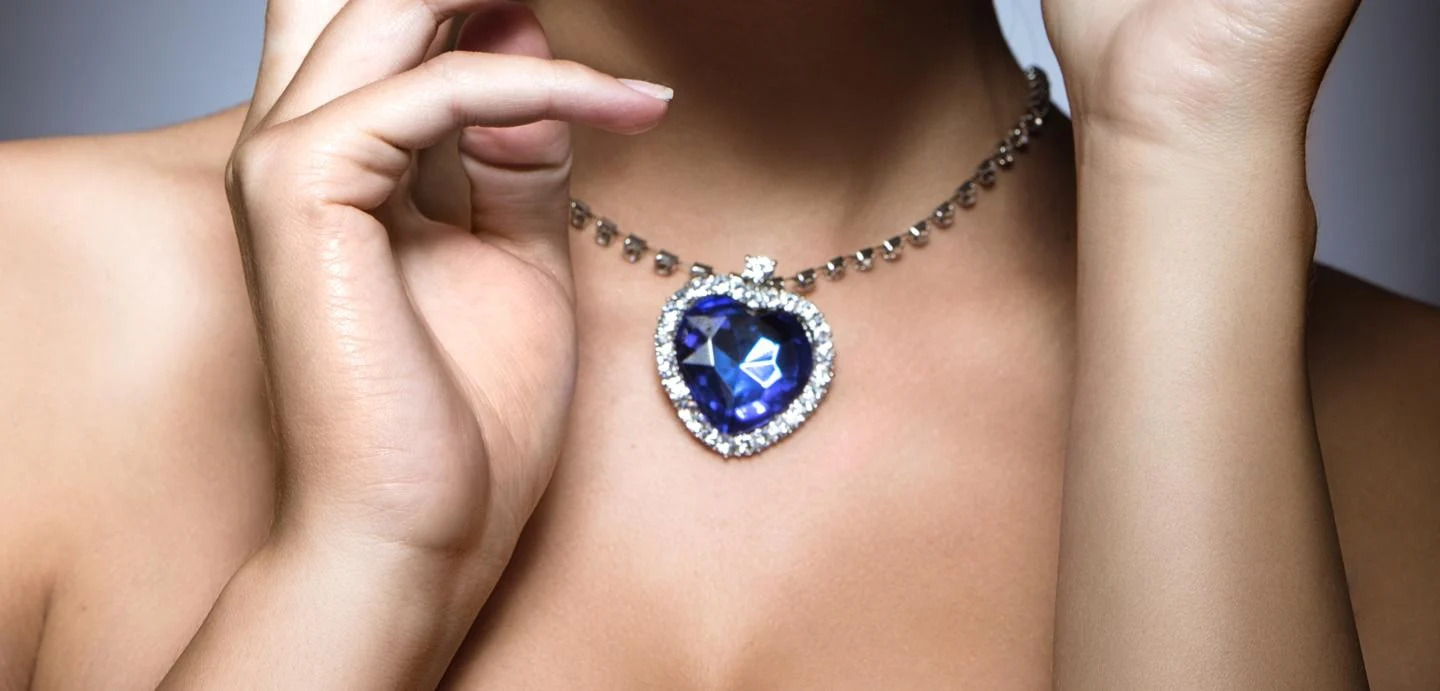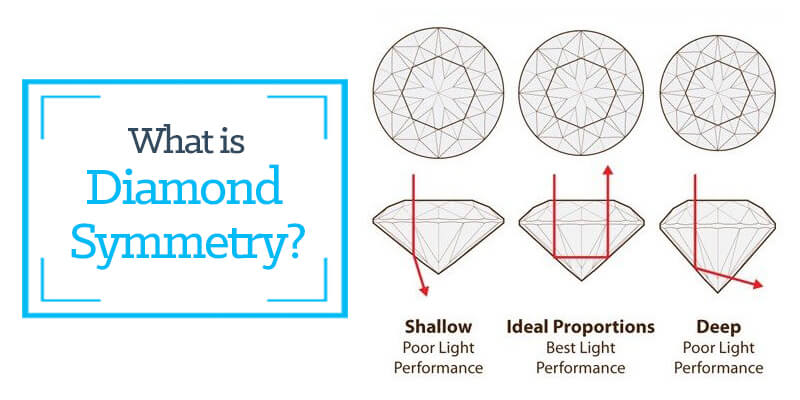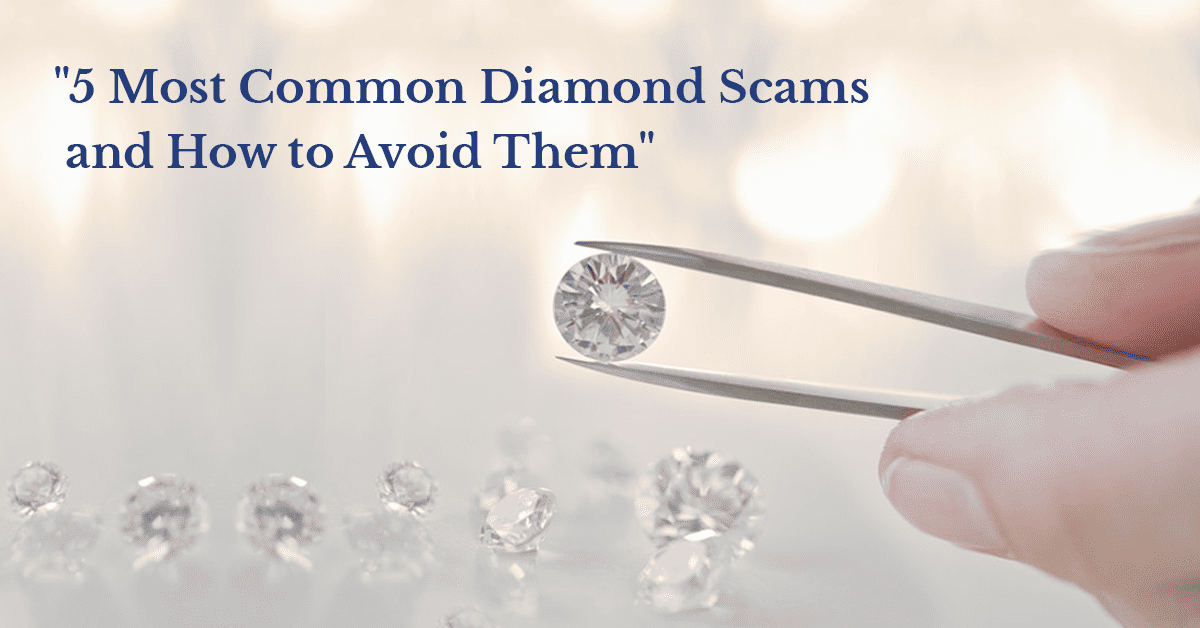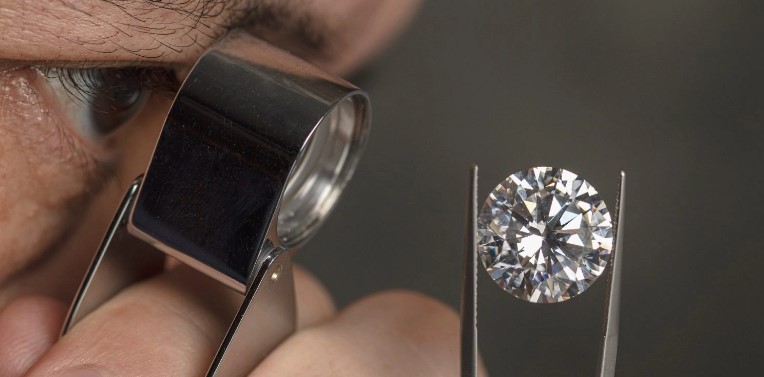Heart Shaped Diamonds | Are they more Romantic?
When it comes to expressing love, few gems rival the exquisite beauty and symbolism of heart-shaped diamonds. In this in-depth guide, we’ll explore the rich history, famous heart-shaped diamonds, the romantic allure they possess, and whether their unique shape comes with a premium price tag. By the end of this article, you’ll feel well-informed and secure in your appreciation for these captivating gems.
The History of Heart-Shaped Diamonds
The heart-shaped diamond’s roots trace back to the late 16th century when the concept of the heart as a symbol of love became prevalent. However, it wasn’t until the 18th century that heart-shaped diamonds began to gain popularity, particularly in royal and aristocratic circles. These unique gems were often given as tokens of affection, making them a timeless symbol of love and devotion.
Famous Heart-Shaped Diamonds
Several iconic heart-shaped diamonds have captured the world’s attention due to their size, history, and sheer beauty. Some of the most famous heart-shaped diamonds include:
The “Blue Heart Diamond”: This legendary blue heart-shaped diamond, weighing an impressive 30.62 carats, boasts an intriguing history. Its journey includes ownership by renowned collectors and even being stolen before being recovered. The Blue Heart Diamond is a rare example of a heart-shaped gem with stunning blue color.

The “Heart of Eternity”: A breathtaking heart-shaped blue diamond, weighing 27.64 carats, the Heart of Eternity is a truly mesmerizing gem. Its vivid blue hue and exceptional clarity make it one of the most sought-after heart-shaped diamonds in the world.
The “Nancy Reagan Diamond”: Given to former First Lady Nancy Reagan, this 10-carat heart-shaped diamond is a symbol of both romance and elegance. It’s a testament to the enduring connection between heart-shaped diamonds and love.
Are Heart-Shaped Diamonds More Romantic?
The heart shape is universally recognized as a symbol of love and affection, making heart shaped diamonds inherently romantic. The unique and instantly recognizable silhouette evokes a sense of devotion and sentiment, making it a popular choice for engagement rings, anniversary gifts, and other special occasions. Heart-shaped diamonds carry with them not only the brilliance of the stone but also the emotion and sentiment behind the choice.
Are Heart-Shaped Diamonds More Expensive?
Heart-shaped diamonds, like other fancy-shaped diamonds, often have a slightly lower price per carat compared to round brilliant-cut diamonds. However, this doesn’t mean heart-shaped diamonds are always less expensive. The price of a heart-shaped diamond depends on various factors, including carat weight, cut quality, color, and clarity.
Perfectly proportioned heart-shaped diamonds that exhibit excellent cut, color, and clarity can command a premium, especially when combined with larger carat sizes. The symmetry and overall quality of the cut significantly influence the price. As with any diamond, the key is to strike a balance between the desired characteristics and the budget.
Selecting the Perfect Heart-Shaped Diamond
Choosing a heart-shaped diamond involves careful consideration of several essential factors to ensure you find the perfect gem that resonates with your sentiments. Here are key steps to guide you:
Proportions and Cut: The cut of a heart-shaped diamond greatly impacts its appearance. Look for well-proportioned hearts with a distinct cleft, symmetrical lobes, and a balanced outline. Avoid stones with overly rounded or asymmetrical shapes.
Certification: Opt for heart-shaped diamonds with reputable grading reports from renowned gemological laboratories such as GIA or AGS. A certified diamond provides an objective assessment of the diamond’s quality, including the Four Cs (cut, color, clarity, and carat weight).
Symmetry and Symmetrical Bowtie: Pay close attention to the symmetry of the heart shape. A well-cut heart should have near-mirror image lobes and a minimal bowtie effect, which is a dark area resembling a bowtie across the center of the diamond. A small and well-distributed bowtie is acceptable, but an excessively pronounced bowtie can negatively impact the stone’s appearance.

Color and Clarity: Heart-shaped diamonds, like other fancy shapes, can mask certain color and clarity imperfections due to their shape and brilliance. Focus on the face-up appearance rather than solely relying on color and clarity grades. However, aiming for near-colorless (G-H) or better and eye-clean clarity (SI1 or better) is a good guideline.
Setting: Consider the type of setting that enhances the heart-shaped diamond’s beauty. Popular choices include solitaire settings, halo settings, or three-stone settings that complement and protect the stone while maximizing its brilliance.
Personal Preferences: Take your partner’s style and preferences into account. While heart-shaped diamonds are inherently romantic, choose a setting that resonates with your loved one’s tastes, whether it’s a classic or more modern design.
Conclusion
Heart-shaped diamonds encapsulate the essence of romance and devotion. Their unique shape, storied history, and symbolism make them a cherished choice for expressing love. While heart-shaped diamonds can be more affordable than round diamonds, the final price is influenced by various factors. Ultimately, the value of a heart-shaped diamond lies not only in its monetary worth but also in the heartfelt connection it represents.
Selecting a heart-shaped diamond is not just a purchase; it’s an investment in love, a reflection of your deep connection, and a symbol of the beautiful journey you share with your partner. As you explore the world of heart-shaped diamonds, remember that each gem carries its own unique character and charm, just as every love story is distinct.
As you embark on the journey of choosing a heart-shaped diamond, consider the significance of this timeless gem. It’s more than just a piece of jewelry; it’s a testament to the love you share, the memories you’ll create, and the lasting beauty that will remind you of your special moments for years to come. By understanding the history, recognizing famous heart-shaped diamonds, appreciating the romantic allure, and considering the pricing factors, you’ll be equipped to make an informed decision. Whether it’s for an engagement, an anniversary, or a special moment, a heart-shaped diamond is a timeless treasure that encapsulates the brilliance of love and the promise of a future filled with cherished memories. As you embark on this memorable purchase, let the passion and sentiment behind the heart shape guide you, and you’ll undoubtedly find a diamond that captures the essence of your affection and devotion.…
Diamond Buying 101 | How to Avoid Getting Scammed?
Purchasing a diamond is an exciting investment that symbolizes love, commitment, and luxury. However, the diamond industry can be complex and filled with potential pitfalls. To ensure you make a secure and well-informed purchase, let’s delve into Diamonds 101, explore the five most common diamond scams, and discover effective strategies to safeguard yourself from these scams.
Diamonds 101: Understanding the Basics
Before diving into the intricacies of avoiding scams, it’s essential to grasp the fundamental aspects of diamonds. Familiarize yourself with the “Four Cs”:
Carat Weight: The size of the diamond, measured in carats.
Color: The lack of color is preferable, with a color grading scale from D (colorless) to Z (light yellow or brown).
Clarity: Refers to the presence of internal or external imperfections, with a scale ranging from Flawless (no imperfections) to Included (visible imperfections).
Cut: The quality of the diamond’s cut, impacting its brilliance and fire. Optimal cuts maximize these qualities.
Equipped with this basic knowledge, you’ll have a foundation for assessing diamonds and protecting yourself from potential scams.
The 5 Most Common Diamond Scams

Misleading Certification: Some unscrupulous sellers may provide falsified or vague diamond certifications. Insist on reputable grading reports from established gemological laboratories such as GIA (Gemological Institute of America) or AGS (American Gem Society).
Inflated Carat Weight: Beware of diamonds with hidden flaws or inclusions that artificially boost their carat weight without significantly affecting their appearance. Always verify the diamond’s clarity and ensure the size matches its carat weight.
Bait-and-Switch Tactics: Dishonest sellers may show you a high-quality diamond but then attempt to switch it with a lower-quality stone during the purchase process. Always examine the diamond you intend to buy under proper lighting conditions and with a loupe to confirm its identity.
Overpriced and Inflated Valuations: Be cautious if the price seems too good to be true, especially if the seller claims the diamond’s value is much higher than the market average. Compare prices from different reputable sources to ensure you’re getting a fair deal.
Unscrupulous Appraisals: Some sellers might provide you with an appraisal that overvalues the diamond to make the purchase seem like a fantastic deal. To ensure the appraisal is unbiased, consider getting a second opinion from an independent appraiser.
How to Avoid Diamond Scams
Buy from Reputable Jewelers: Opt for established and trusted jewelers with positive reviews, a transparent buying process, and a solid reputation. Research the jeweler’s background and customer feedback before making a purchase.
Request Certified Diamonds: Always insist on diamonds with reputable grading reports from independent and recognized gemological laboratories, such as GIA or AGS. These certifications ensure the diamond’s authenticity and quality.
Educate Yourself: Continuously expand your knowledge about diamonds. Learn how to identify the Four Cs, understand diamond prices, and recognize potential red flags.
Inspect the Diamond: Examine the diamond under proper lighting conditions and with a magnifying loupe. Confirm the diamond’s identity, clarity, and cut quality.

Seek Independent Appraisals: If you’re unsure about the value of the diamond, consider getting an independent appraisal from a qualified gemologist. This unbiased assessment can help validate the diamond’s worth.
The Importance of Ethics and Transparency
In addition to protecting yourself from scams, it’s essential to prioritize ethics and transparency when purchasing a diamond. Consider the following aspects to ensure your diamond purchase aligns with your values:
Conflict-Free Diamonds: Ensure your diamond comes from legitimate sources that adhere to the Kimberley Process, an international certification system aimed at preventing the trade of conflict diamonds (also known as blood diamonds) that fund armed conflict.
Ethical Practices: Choose jewelers that support ethical mining and responsible sourcing. Some jewelers go above and beyond by promoting fair labor practices, environmentally sustainable mining, and giving back to local communities.
Transparency in Pricing: Look for jewelers who provide clear and transparent pricing. This includes detailing the costs associated with the diamond’s cut, color, clarity, and carat weight. Avoid hidden fees or deceptive pricing tactics.
Certification Verification: Ensure the diamond’s certification matches the one provided by the jeweler. This helps confirm the diamond’s authenticity and eliminates the risk of receiving a diamond that doesn’t meet your specifications.
Ask Questions: Don’t hesitate to ask the jeweler about the diamond’s origin, ethical practices, and any concerns you may have. A reputable jeweler should be willing to address your questions openly and honestly.
Beyond the Diamond: Creating Lasting Memories
While the diamond itself holds immense value, it’s essential to recognize that the true significance of your purchase extends beyond the gemstone. It’s the memories you create, the love you celebrate, and the journey you embark on with your partner. Here are some additional considerations to enhance your diamond purchase:
Customization: Many reputable jewelers offer customization options, allowing you to create a unique piece that perfectly matches your partner’s style and preferences. Whether it’s selecting a specific setting, designing a bespoke piece, or adding personal touches, customization adds sentimental value to the diamond.
Education for Your Partner: If your partner isn’t familiar with diamonds, consider sharing your newfound knowledge. Explaining the meaning of the Four Cs, the importance of a reputable certification, and the care involved in choosing a diamond will make the gift even more meaningful.
Proposal Planning: If you’re planning a proposal, think about the setting, the moment, and the significance of the event. Whether it’s a romantic sunset on the beach, a cozy intimate dinner, or a meaningful location that holds sentimental value, the proposal becomes an unforgettable part of the diamond’s story.
Conclusion
Choosing the perfect diamond is a significant milestone, and arming yourself with knowledge about diamonds, common scams, and ethical considerations empowers you to make a purchase that aligns with your desires and values. By understanding Diamonds 101, recognizing the most common scams, and prioritizing ethics and transparency, you’ll not only safeguard yourself from potential pitfalls but also contribute to a more responsible and sustainable diamond industry.
Remember, your diamond should not only be a symbol of love and commitment but also a reflection of the responsible and thoughtful choices you make as a consumer. With the right precautions and a commitment to ethical standards, your diamond purchase becomes more than a beautiful gem; it becomes a meaningful and impactful decision that you can cherish for a lifetime.…